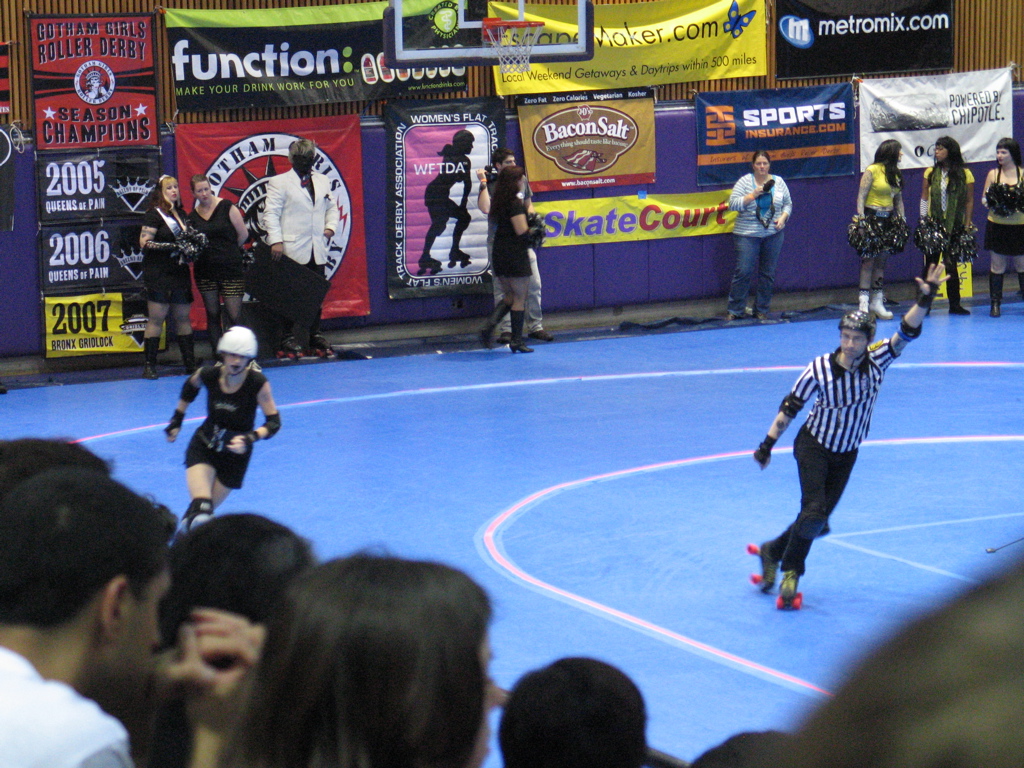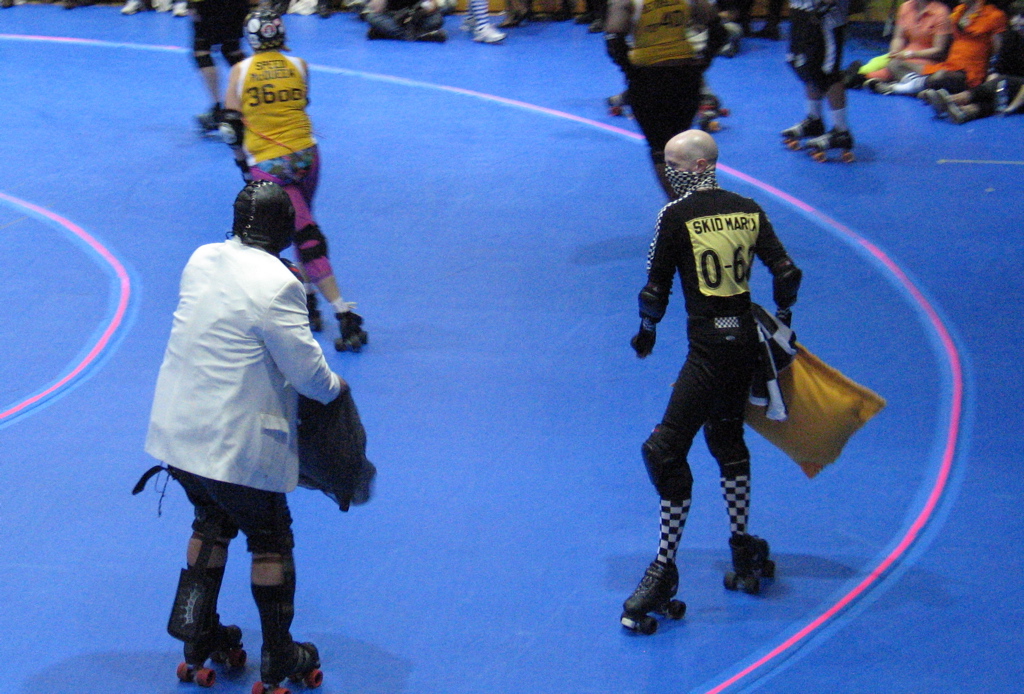I ran across several articles recently in rapid succession that all hit on a pet peeve of mine: talking about psychological disorders as a cause of people’s problems.
This article in New Scientist about a young woman with dyscalculia particularly pushed my buttons, because aside from this error, it’s an interesting and informative article. The sentence that exemplifies the author’s confusion is
She found that while her IQ is above average, her numerical ability is equivalent to that of an 11-year-old because she has something called dyscalculia.
This is completely backwards. “Jill”, the subject of the article, has dyscalculia because she is an otherwise intelligent person who has difficulties with mathematics.
The primary authority in the United States for what constitutes a psychological disorder is the APA‘s Diagnostic and Statistical Manual of Mental Disorders (DSM). Whether or not an individual has a disorder is determined by whether they meet a set of diagnostic criteria (roughly, whether or not they exhibit certain signs and symptoms); it does not imply anything about a likely cause. As the APA itself notes in the DSM, the diagnostic labels (names of psychological disorders) are just a “convenient shorthand” for those diagnostic criteria for mental health professionals. Or, to put it another way, psychological disorders are basically syndromes.
What does this mean? It means that statements along the lines of “so-and-so has problem X because she has psychological disorder Y” are generally going to be misleading. Such a statement implies that there’s some specific underlying cause for the person’s problems, probably one that is out of his or her control. In fact, stating that someone has been diagnosed with a psychological disorder implies neither.
This is not to say that “Jill” from the aforementioned New Scientist article couldn’t take some solace in her diagnosis. Not because there’s some specific, known cause for her difficulties, but because the fact that it’s considered a specific disorder probably means there are other people with similar problems. Based on the remainder of the article, it’s clear that it’s enough of a problem that there is research into possible causes.
I imagine that this cause-and-effect confusion stems in no small part from the fact that many diagnoses of physiological disorders, unlike psychological ones, do imply an etiology. Saying that someone has a fever and a cough because they have the flu, for example, is perfectly reasonable, because “having the flu” implies an infection with one of a specific strain of viruses. (Note that this is not true for all physiological disorders either: it’s also nonsensical to say something like “so-and-so has muscle aches because of chronic fatigue syndrome”.)
I’m going to be sending a note to New Scientist about this. More broadly, I hope that media sources will become more aware of this distinction in the future. I can only imagine that this ultimately contributes to overmedication and generally poor treatment of psychological problems, as people seek to put labels on their problems, mistaking them for a cause, and pressure their mental health care providers to fix that perceived “cause”.








